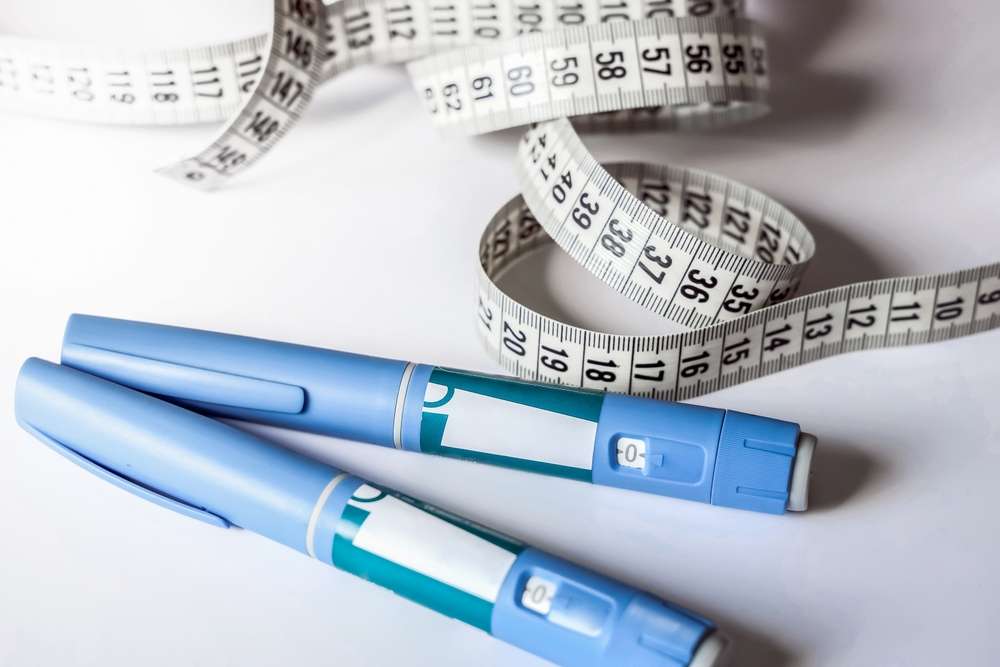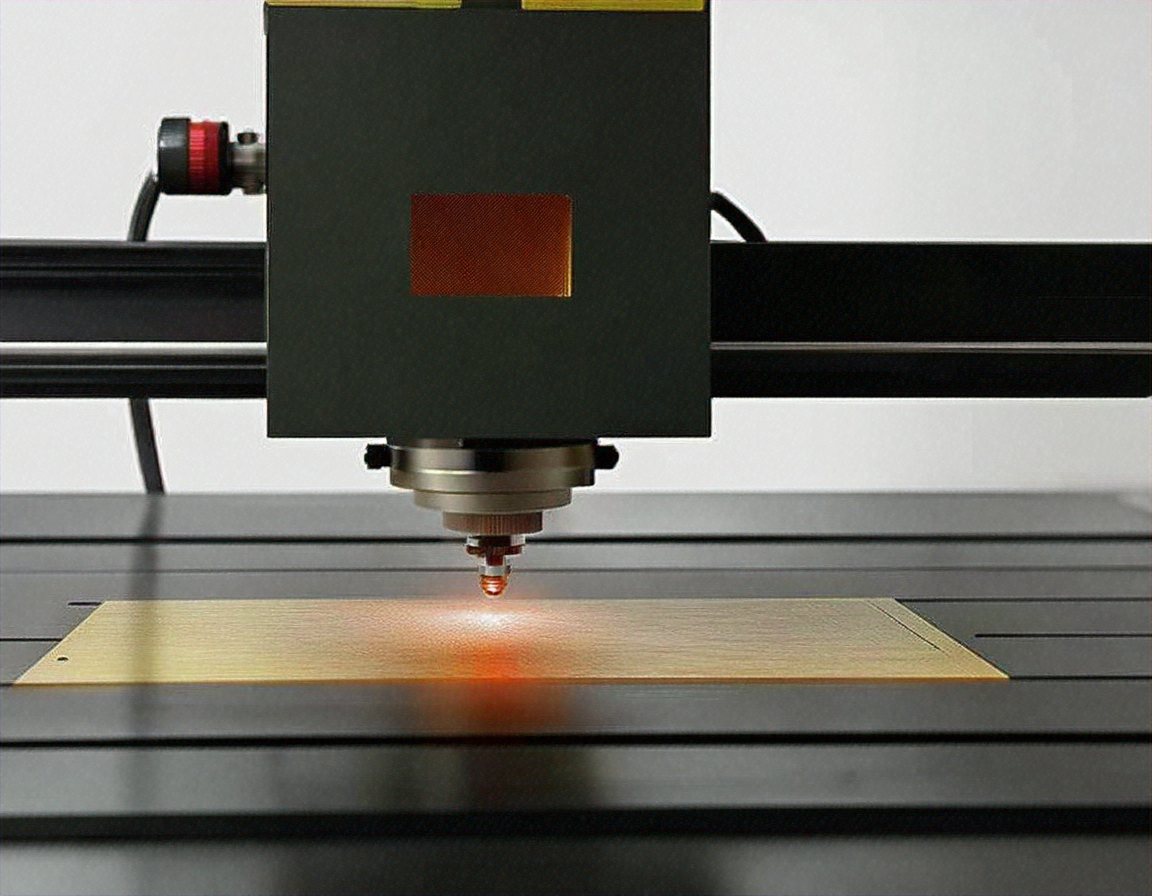How to Recognize Early Signs of Leukemia
Leukemia is a type of blood cancer that affects the bone marrow and blood cells. Detecting it early can significantly improve treatment outcomes and quality of life. Understanding the warning signs and symptoms is crucial for timely medical intervention. This guide explores the key indicators of leukemia, helping you identify when professional evaluation becomes necessary.

Leukemia develops when abnormal blood cells multiply uncontrollably in the bone marrow, interfering with the production of healthy blood cells. While symptoms can vary depending on the type and stage of leukemia, recognizing early warning signs enables individuals to seek prompt medical attention. Early detection often leads to more effective treatment strategies and better long-term prognosis. Being aware of subtle changes in your body and understanding risk factors can make a meaningful difference in health outcomes.
Understanding the Early Symptoms of Leukemia
The initial symptoms of leukemia often appear gradually and may resemble common illnesses like the flu or general fatigue. Persistent tiredness that doesn’t improve with rest is one of the most frequently reported early signs. This exhaustion occurs because leukemia cells crowd out healthy red blood cells, reducing oxygen delivery throughout the body. Additionally, individuals may experience frequent infections due to impaired white blood cell function. These infections may be more severe or take longer to resolve than typical illnesses. Unexplained fevers, night sweats, and general malaise can also signal that something is affecting the immune system. Bruising easily or developing small red spots under the skin, known as petechiae, may indicate low platelet counts caused by leukemia’s impact on blood cell production.
Ways to Identify Leukemia in Its Early Stages
Identifying leukemia early requires attention to physical changes and symptoms that persist or worsen over time. Unexplained weight loss without changes in diet or exercise habits can be a significant indicator. Swollen lymph nodes, particularly in the neck, armpits, or groin, may suggest an abnormal immune response. Some individuals notice an enlarged spleen or liver, which can cause discomfort or a feeling of fullness in the abdomen. Bone or joint pain, especially in the arms and legs, occurs when leukemia cells accumulate in these areas. Pale skin resulting from anemia is another visible sign that warrants medical evaluation. Frequent nosebleeds or bleeding gums that occur without obvious injury may reflect decreased platelet function. Keeping track of these symptoms and their duration helps healthcare providers assess whether further testing is necessary.
Recognizing the First Warning Signs of Leukemia
The earliest warning signs of leukemia can be subtle and easily dismissed as minor health issues. Persistent headaches or dizziness may develop due to anemia or changes in blood circulation. Shortness of breath during routine activities that previously caused no difficulty can indicate reduced oxygen-carrying capacity in the blood. Some people experience recurrent respiratory infections or prolonged colds that don’t respond well to standard treatments. Changes in vision or concentration problems may occur if leukemia affects blood flow to the brain. Skin rashes or unusual discoloration can appear as the disease progresses. A general sense of feeling unwell without a clear cause should prompt consideration of comprehensive medical evaluation. Recognizing these patterns early allows for timely diagnostic testing, including blood work and bone marrow examination.
When to Seek Medical Evaluation
Knowing when to consult a healthcare professional is essential for early leukemia detection. If you experience multiple symptoms simultaneously, particularly fatigue combined with frequent infections or unexplained bruising, schedule an appointment promptly. Symptoms that persist for more than two weeks without improvement deserve medical attention. Sudden or severe symptoms, such as high fever, significant bleeding, or extreme weakness, require immediate evaluation. Individuals with a family history of blood cancers or previous exposure to radiation or certain chemicals should be especially vigilant about monitoring their health. Regular check-ups and blood tests can help detect abnormalities before symptoms become severe. Healthcare providers may order complete blood counts, bone marrow biopsies, or imaging studies to confirm or rule out leukemia. Early diagnosis enables access to appropriate treatment options, which may include chemotherapy, targeted therapy, radiation, or stem cell transplantation.
Risk Factors and Prevention Awareness
While the exact cause of leukemia remains unclear, certain risk factors increase the likelihood of developing the disease. Genetic disorders such as Down syndrome are associated with higher leukemia rates. Previous cancer treatment involving chemotherapy or radiation therapy can elevate risk. Exposure to high levels of radiation or certain industrial chemicals like benzene has been linked to leukemia development. Smoking increases the risk of acute myeloid leukemia. A family history of leukemia or other blood disorders may indicate genetic predisposition. However, many people diagnosed with leukemia have no identifiable risk factors. Prevention strategies are limited, but maintaining overall health through a balanced diet, regular exercise, and avoiding known carcinogens can support immune function. Staying informed about personal and family medical history helps healthcare providers assess individual risk levels and recommend appropriate screening measures.
Conclusion
Recognizing the early signs of leukemia empowers individuals to take proactive steps toward their health. While symptoms can be vague and easily confused with less serious conditions, persistent or worsening signs should never be ignored. Paying attention to changes in energy levels, infection frequency, bruising patterns, and other physical indicators enables timely medical consultation. Understanding risk factors and maintaining open communication with healthcare providers facilitates early detection and intervention. Although leukemia is a serious diagnosis, advances in treatment have significantly improved outcomes, especially when the disease is identified in its early stages. Awareness and vigilance remain the most effective tools for catching leukemia before it progresses.
This article is for informational purposes only and should not be considered medical advice. Please consult a qualified healthcare professional for personalized guidance and treatment.




